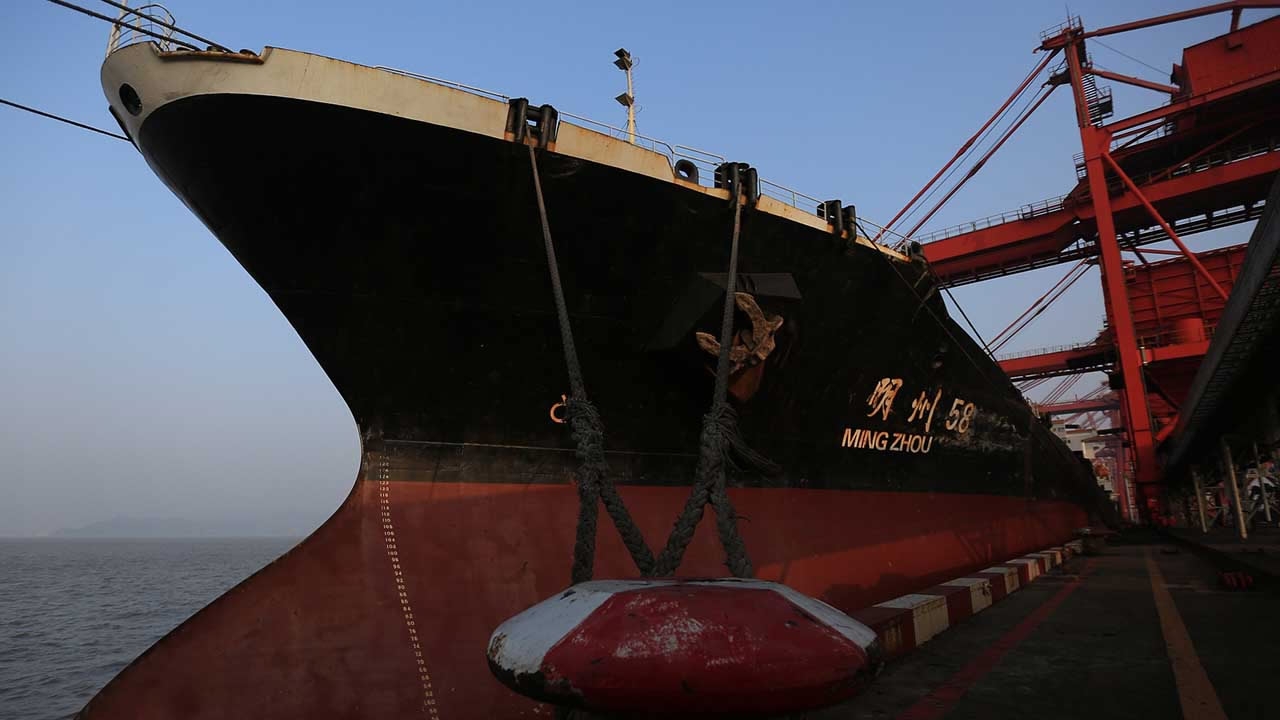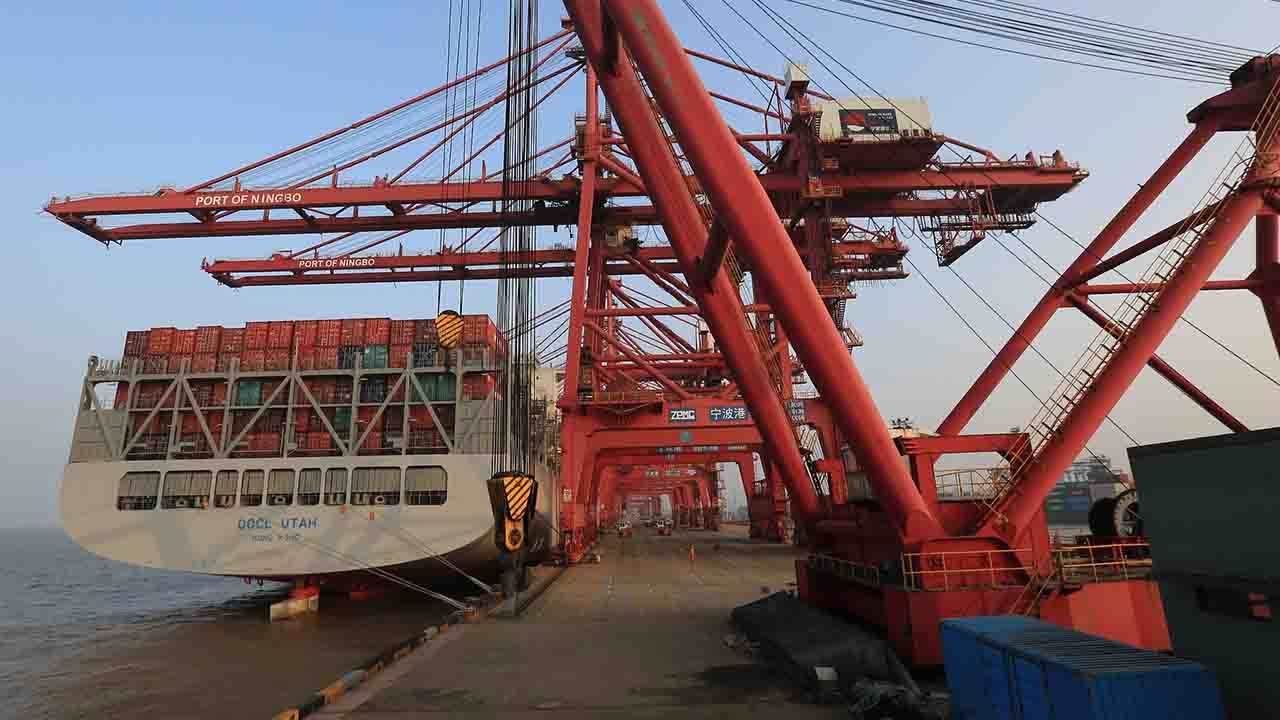
Business
15:12, 07-May-2017
China’s Belt and Road Initiative increases trade but has environmental risks

The Maritime Silk Road is China’s plan to establish smooth and secure links among seaports in countries involved in the Belt and Road Initiative. Experts believe these links can help facilitate economic growth for all markets.

VCG Photo
VCG Photo
A key component in China’s Belt and Road Initiative is the creation of reliable connections using sea routes across Asia and Europe. The Greek port of Piraeus is one stop on this Maritime Silk Road where Chinese investment has led to shorter waiting time and lower costs.
"China is able to upgrade infrastructure. We have seen what happens in Greek port Piraeus. Piraeus is a very efficient port now. China’s COSCO has invested a great deal there. And now we have seen it turns into a major international hub, because the ships use Priaeus and there is rail link going up to eastern Europe. So this is an important area we can see the silk road web growing throughout Europe,” said Theresa Fallon, director of Centre for Russia Europe Asia Studies.

VCG Photo
VCG Photo
After the failure of the World Trade Organization’s Doha negotiations, China’s Belt and Road Initiative is a project welcomed by all who want to promote free trade. Senior Lecturer Henrik Andersen from the University of Central Lancashire believes "when we look at One Belt One Road, we see another type of trade facilitation and that is one concerning infrastructure... It is complement between the World Trade Organization and One Belt One Road."

VCG Photo
VCG Photo
However, China’s leadership in mapping out and developing the Maritime Silk Road comes with some challenges.
"There are two main areas of concern, I would say. One is freedom of navigation and second the protection and preservation of region's environment. These two are essential for the success of the Maritime Silk Road,” Professor Vasco Becker-Weinberg of Universidade Nova de Lisboa said.
The Maritime Silk Road is still in its infancy. Dialogue will be crucial in navigating the potentially rough waters that policymakers will have to sail as they move forward.

SITEMAP
Copyright © 2018 CGTN. Beijing ICP prepared NO.16065310-3
Copyright © 2018 CGTN. Beijing ICP prepared NO.16065310-3